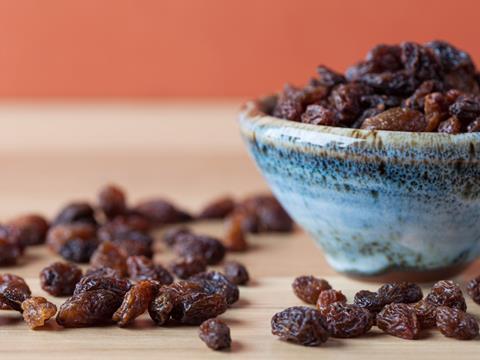
After price rises stirred up trouble in the confectionery aisles last year, raisins are set to become a more affordable ingredient again thanks to improved growing conditions in Turkey.
Raisin prices soared in the latter half of 2015 after frosts in early spring and hailstorms in June damaged crops in Turkey, a major producer. By November, UK prices were up 14.1% year on year, prompting Mondelez to make the controversial decision to swap some of the raisins in its Cadbury Dairy Milk Fruit & Nut with cheaper sultanas to keep the chocolate bar “affordable”.
But more favourable weather conditions have boosted Turkish harvests this year, with the country’s 2016/17 production set to rise 80,000 tonnes year on year to 300,000 tonnes, according to the latest forecasts from the USDA Foreign Agricultural Service.
UK raisin prices have already started falling as a result, and were down 16.8% year on year this month [Mintec].
Production gains in Turkey are set to “more than offset” losses in the US, where raisin production has been forecast down 33,000 tonnes to 315,000, the USDA said. Despite the reduced production forecast, US ending stocks have been revised upwards to 132,000 tonnes, the highest level in 10 years, after lower-than-anticipated exports in 2015.
Elsewhere, Chinese raisin production is expected to fall 5,000 tonnes to 185,000 as more grapes in the major growing region of Turpan are diverted to the lucrative fresh market, while in Chile production is forecast to drop 6,000 tonnes to 62,000 on lower yields. Raisin production in South Africa and Argentina is forecast to remain relatively unchanged from 2015.
Total global raisin production is expected to increase 5% year on year to 1.25 million tonnes, the USDA predicted, while consumption is expected to reach 1.23 million tonnes.



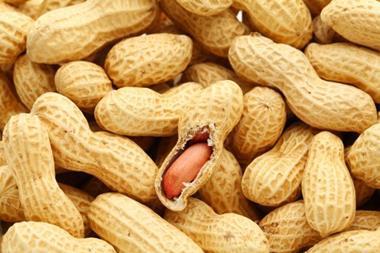
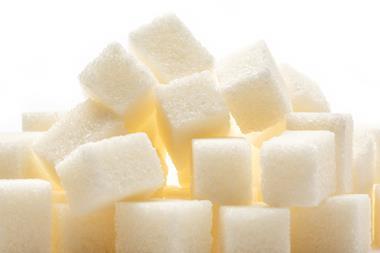

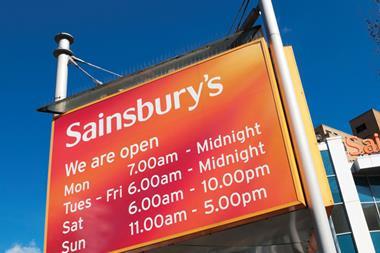
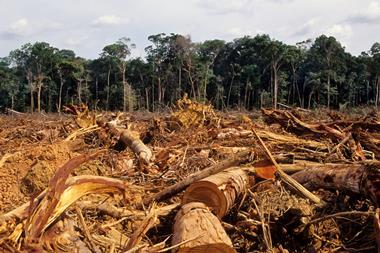

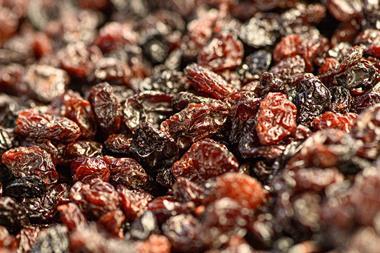

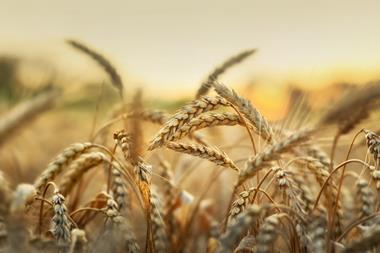
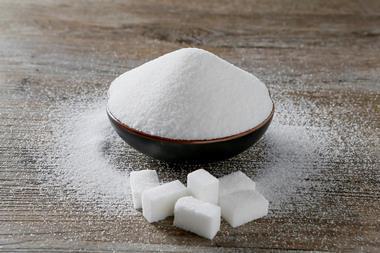
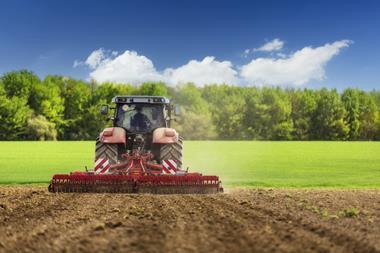
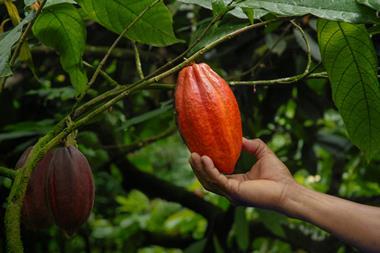
No comments yet